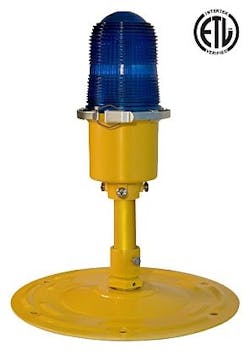Navy AN/ALE-55 aircraft electronic warfare system moves to full-rate production at BAE Systems
NASHUA, N.H., 2 Oct. 2011. The BAE Systems Electronic Systems Sector in Nashua, N.H., will begin full-rate production of the U.S. Navy AN/ALE-55 fiber-optic towed decoy, an RF airborne countermeasure designed to protect the F/A-18E/F Super Hornet carrier-based jet fighter-bomber from radar-guided missiles. BAE Systems is doing the work under terms of a $36.7 million contract option from Naval Air Systems Command at Patuxent River Naval Air Station, Md. The aircraft-towed decoy with onboard electronics works together with the Super Hornet's electronic warfare system to jam radar seekers in air-to-air missiles. The system also can lure incoming missiles away from their actual targets. The ALE-55 detects a threat radar in its acquisition mode and uses radar jamming to prevent it from locking to a target. The ALE-55's electronic warfare package analyzes the threat, and the towed decoy emits the jamming signals to confuse the incoming missile's tracking radar. If an incoming missile locks on with radar, the ALE-55 analyzes the signal to determine the best jamming technique to break radar lock. The ALE-55 system consists of an onboard electronic frequency converter (EFC) and a fiber-optic towed decoy (FOTD). The EFC converts radio frequency signals sent from the plane’s electronic warfare system into data coded and transmitted via light to the fiber optic towed decoy.
BAE Systems will do work on the contract in Nashua, N.H.; Mountain View, Calif.; and Chelmsford, England, and should finished in summer 2013. For more information contact BAE Systems Electronic Systems online at www.baesystems.com/Businesses/ElectronicSystems.
Related stories
-- BAE Systems joins SAIC to develop DARPA Insight next-generation intelligence-analysis system; and
-- U.S. Navy tests BAE Systems anti-missile decoy on F-18 Super Hornet.
